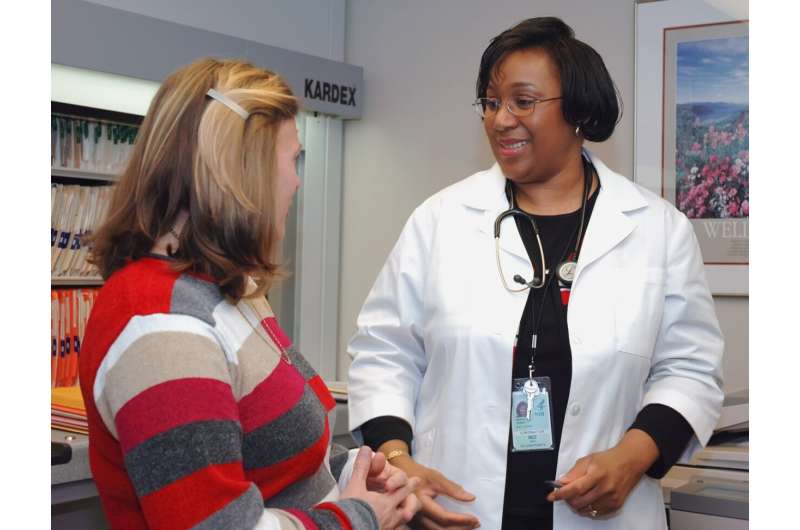
U.S. movies perpetuate gender stereotypes in the medical field, found researchers co-led by Reshma Jagsi, MD, DPhil, of Winship Cancer Institute of Emory University. Their study examined the portrayal of women as physicians in U.S. films from 1990–2020 and found that representation of women physicians in movies was much lower than the growing proportion of women in medicine today.
The study was published in JAMA Internal Medicine and reported that women comprised only 18.6% of all physicians depicted in movies from 1990–2020; whereas, women comprise more than half of today’s medical students in the U.S. and more than one-third of practicing physicians.
Movie representation of women physicians hasn’t kept pace with the increasing number of women physicians studying and practicing medicine today. “Among physician-characters in movies, even in the most recent movies we studied, the percent of women among physician characters was more reflective of the demographics of the medical profession over a quarter of a century ago,” said Jagsi, who is also the Lawrence W. Davis Professor and serves as chair of the Department of Radiation Oncology at Emory University School of Medicine.
In addition to the underrepresentation of women, the researchers found that “people of color were vanishingly rare in movie roles depicting physicians,” added Jagsi.
In the study, researchers analyzed the IMDb.com movie database for references of physicians from plot summaries, key words and casting credits, and they assigned values to each mention and aspect of every physician character such as age, gender, role, etc.
“My colleagues and I are interested in understanding how media shapes perceptions of who doctors are,” Jagsi explained. “We know that many women physicians continue to recount anecdotes of being mistaken for nurses, along with stereotypes that make it harder for them to do their jobs effectively.”
“We also worry that the full talent pool of young people who should be able to envision themselves as doctors may not be exposed to diverse role models that reflect the actual makeup of the profession or the population we serve. Movies are important and memorable experiences that can influence people deeply, so we thought we would examine the representation of physician characters.”
One of the most surprising and concerning findings for Jagsi was the “woeful under-representation of women and people of color in those movies rated G and PG, which is particularly disappointing since that’s the depiction being presented to some of the youngest viewers and shaping their sense of who can and should be a doctor.”
She remains hopeful, however, that the study showed “a higher proportion of women film writers was associated with including at least one woman-character as a physician.”
Still, memorable female physician characters remain severely lacking in today’s movies, in fiction and non-fiction. “I personally have trouble even thinking of a highly memorable female physician character from the movies I have watched over the years, so I hope Hollywood writers will take note and create (or portray) women physicians who are as memorable as Patch Adams and Richard Kimble,” Jagsi said.
More information:
Bismarck C. Odei et al, Portrayal of Women as Physicians in Movies, 1990-2020, JAMA Internal Medicine (2023). DOI: 10.1001/jamainternmed.2023.2913
Citation:
Study finds movies underrepresent women in the role of physicians (2023, September 12)
retrieved 12 September 2023
from https://medicalxpress.com/news/2023-09-movies-underrepresent-women-role-physicians.html
This document is subject to copyright. Apart from any fair dealing for the purpose of private study or research, no
part may be reproduced without the written permission. The content is provided for information purposes only.
This post was originally published on this site be sure to check out more of their content.








